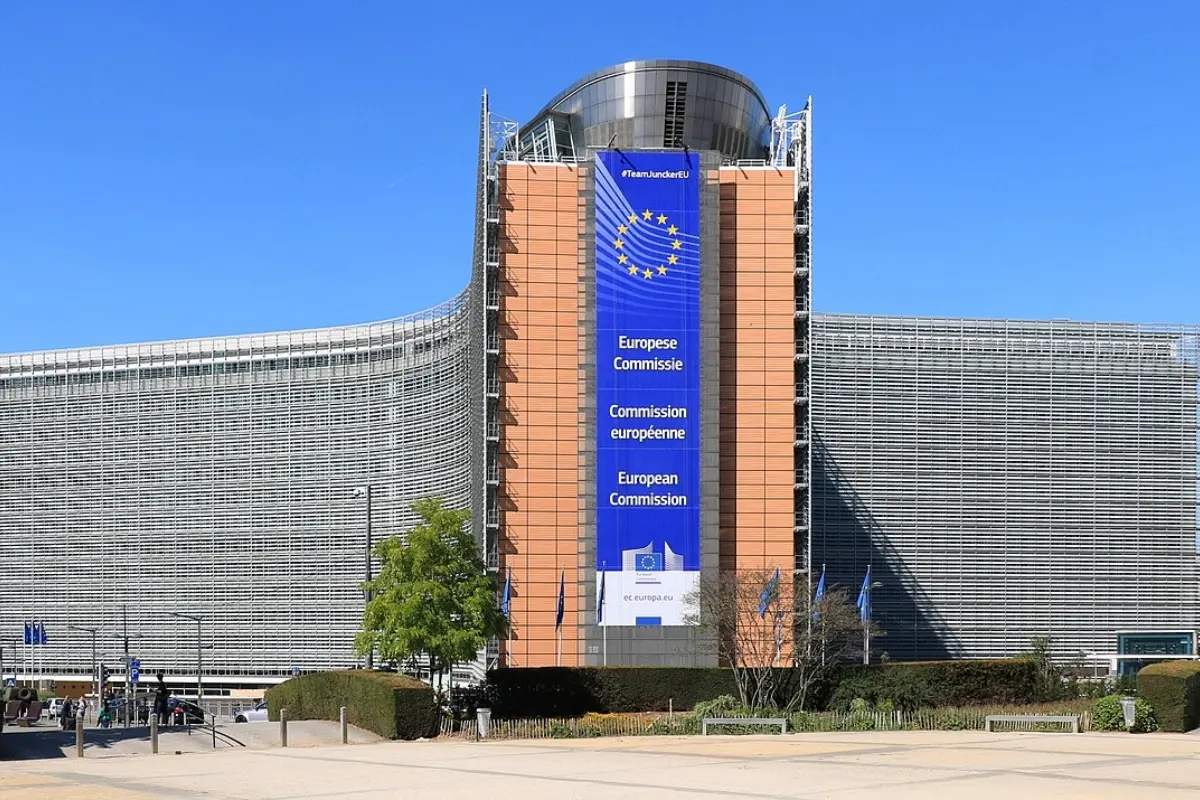
Duties, glimmers of agreement
Agreement on 15% excluding steel (at 50%). Trump admits: if the EU opens its markets to US products, we'll lower tariffs

All major European stock markets closed higher yesterday on the day of the US-Japan trade deal. Paris gained 1.37% to 7,850 points, London 0.42% to 9,061 points, Frankfurt 0.83% to 24,240 points, and Madrid 0.31% to 14,165 points.
Markets were also optimistic in anticipation of a possible agreement with the EU. "If the European Union opens its markets to U.S. products, we will lower tariffs," US President Donald Trump said at an event in Washington after announcing the trade deal with Japan.
According to European sources, US steel tariffs would remain outside the scope of the 15% agreement, with the 50% tariff remaining. Brussels, at this point, is awaiting a signal from Washington regarding the agreement's outline and, in the meantime, has renewed its call for unity among member countries, abstaining from bilateral negotiations with the US.
According to international experts, an agreement is "close, but not very close." And a no-deal scenario would trigger a full-blown trade war between the two sides of the Atlantic. Donald Trump is expected to finalize a draft agreement in the next few hours, which includes a single 15% tariff as a baseline, with various reciprocal exemptions to be finalized. This step forward follows the agreement between the US and Japan, which the Commission presented to the Permanent Representatives of the 27 member states, receiving substantial consensus in principle.
As diplomatic sources explain, however, "the final decision is up to Trump ." The linchpin of the draft agreement is that 15%, which, among the 27 EU countries, is considered essentially acceptable. This would also be because it would automatically lower current tariffs on some key sectors, such as the automotive industry, currently burdened by a 27.5% tariff.
Negotiations are ongoing regarding exemptions. According to European sources, the sectors that could be spared include aeronautics, agricultural products, alcohol, timber, and medical devices. It's unclear whether Brussels has made a clear commitment regarding overseas industrial investments. It's clear, however, that Trump has no intention of lowering the steel tariff, currently at 50%.
The outline of the agreement was the subject of discussions between EU Trade Commissioner Marcos Sefcovic and his American counterpart Howard Lutnick . The impression was that European capitals were ready to accept 15% but little else. And the Commission, in the final stages of negotiations, decided to change its tone, significantly forcing it.
The draft agreement exists, but the actual agreement isn't yet. A phone call between Ursula von der Leyen and Trump is not expected in the next few hours: the Commission President, along with Antonio Costa and Kaja Kallas , has meanwhile launched the "Alliance for Competitiveness" with Japan, joining forces with Tokyo for WTO reform. But the highlight of the EU leaders' mission to the Far East is China, where von der Leyen and Costa are expected to have a very difficult summit with Xi Jinping .
Meanwhile, the Berlaymont building, the headquarters of the European Commission, has decided to merge the two lists of countertariffs implemented so far: the first, worth €21 billion, in response to US tariffs on steel and aluminum, and the second, finalized after Liberation Day, worth €72 billion. In the next few hours, the Committee on Trade Barriers will approve the single list, which will not come into force until August 7th.
Another factor, however, is driving the EU's shift: the emergence of a "broad qualified majority" among the 27 member states on the activation of the Anti-Coercion Instrument, the so-called bazooka. France, during Coreper II, called for the instrument's immediate establishment, a matter on which Italy has traditionally urged caution. Paris's request was not followed up, but the prevailing position among the 27 was that, in the event of a no-deal scenario, with tariffs thus at 30%, the bazooka would be activated, effectively triggering a trade war with the US.
In Italy, Deputy Prime Minister and Foreign Minister Antonio Tajani stated: "The negotiations are still ongoing, so it's difficult to make predictions. The 15% tariff was one of the Americans' proposals, a flat tariff for everyone. However, the negotiations are ongoing. What worries me is the value of the dollar-euro exchange rate. The euro is too strong against the dollar. I believe we need strong action from the European Central Bank, to further reduce interest rates and take action similar to what was done during COVID. While we negotiate tariffs, we must also consider weakening the euro's value against the dollar."
EFA News - European Food Agency